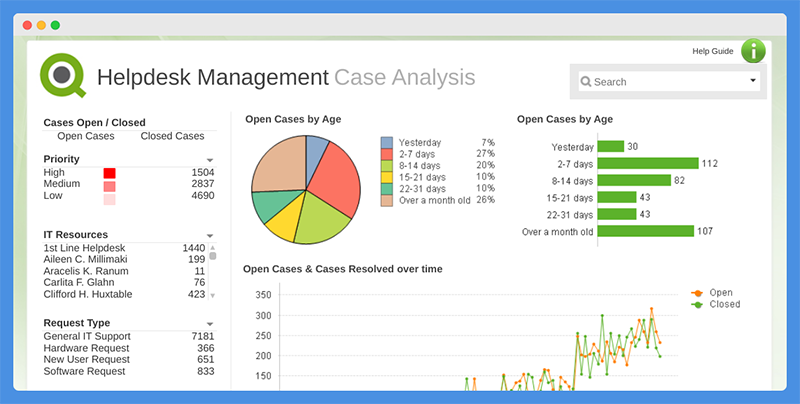Personal Career & Learning Guide for Data Analyst, Data Engineer and Data Scientist
As a data analyst, you need to be familiar with a variety of data analysis techniques and tools to effectively analyze data. One of these tools is the Match function in QlikView. In this article, we’ll take a closer look at the Match function, what it is, and why it’s so important for data analysts.
What is the Match Function in QlikView?
The Match function in QlikView is a function that allows you to search for a specific value in a set of data. It returns the position of the first match it finds in the data set. The Match function is commonly used in combination with other functions, such as the Pick and IntervalMatch functions.
Why is the Match Function Important for Data Analysts?
The Match function is important for data analysts because it allows you to quickly and easily find specific values in a data set. This is useful when you have large datasets, and you want to find specific data points without having to go through the data in detail.
The Match function is also useful when you want to match data from two different datasets. For example, if you have a dataset with sales data and a dataset with customer data, you can use the Match function to match the sales data with the customer data. This makes it easier to analyze the data and see how customer behavior affects sales.
How to Use the Match Function in QlikView?
To use the Match function in QlikView, you need to use the QlikView Desktop. This is a graphical user interface that allows you to create, edit, and manage your QlikView documents.
To use the Match function, you simply need to write a formula that includes the Match function you want to use. For example, if you want to find the position of a specific customer in a customer data set, you can write a formula like “Match(CustomerID, CustomerData)”.
You can also use the Match function in combination with other functions, such as the Pick function. For example, if you want to find the customer name associated with a specific customer ID, you can write a formula like “Pick(Match(CustomerID, CustomerData), CustomerData, CustomerName)”.
Conclusion
In conclusion, the Match function is an important tool for data analysts using QlikView. It allows you to quickly and easily find specific values in a data set, and it is useful for matching data from two different datasets. Understanding how to use the Match function in QlikView is an important part of becoming a successful data analyst. Whether you’re a beginner or an experienced data analyst, taking the time to learn about the Match function and how to use it in QlikView will help you to become more efficient and effective in your data analysis tasks.
QlikView for Data Analyst – QlikView – Match Function
 Loading...
Loading...
Latest end-to-end Learn by Coding Projects (Jupyter Notebooks) in Python and R:
All Notebooks in One Bundle: Data Science Recipes and Examples in Python & R.
End-to-End Python Machine Learning Recipes & Examples.
End-to-End R Machine Learning Recipes & Examples.
Applied Statistics with R for Beginners and Business Professionals
Data Science and Machine Learning Projects in Python: Tabular Data Analytics
Data Science and Machine Learning Projects in R: Tabular Data Analytics
Python Machine Learning & Data Science Recipes: Learn by Coding
R Machine Learning & Data Science Recipes: Learn by Coding
Comparing Different Machine Learning Algorithms in Python for Classification (FREE)
There are 2000+ End-to-End Python & R Notebooks are available to build Professional Portfolio as a Data Scientist and/or Machine Learning Specialist. All Notebooks are only $29.95. We would like to request you to have a look at the website for FREE the end-to-end notebooks, and then decide whether you would like to purchase or not.
